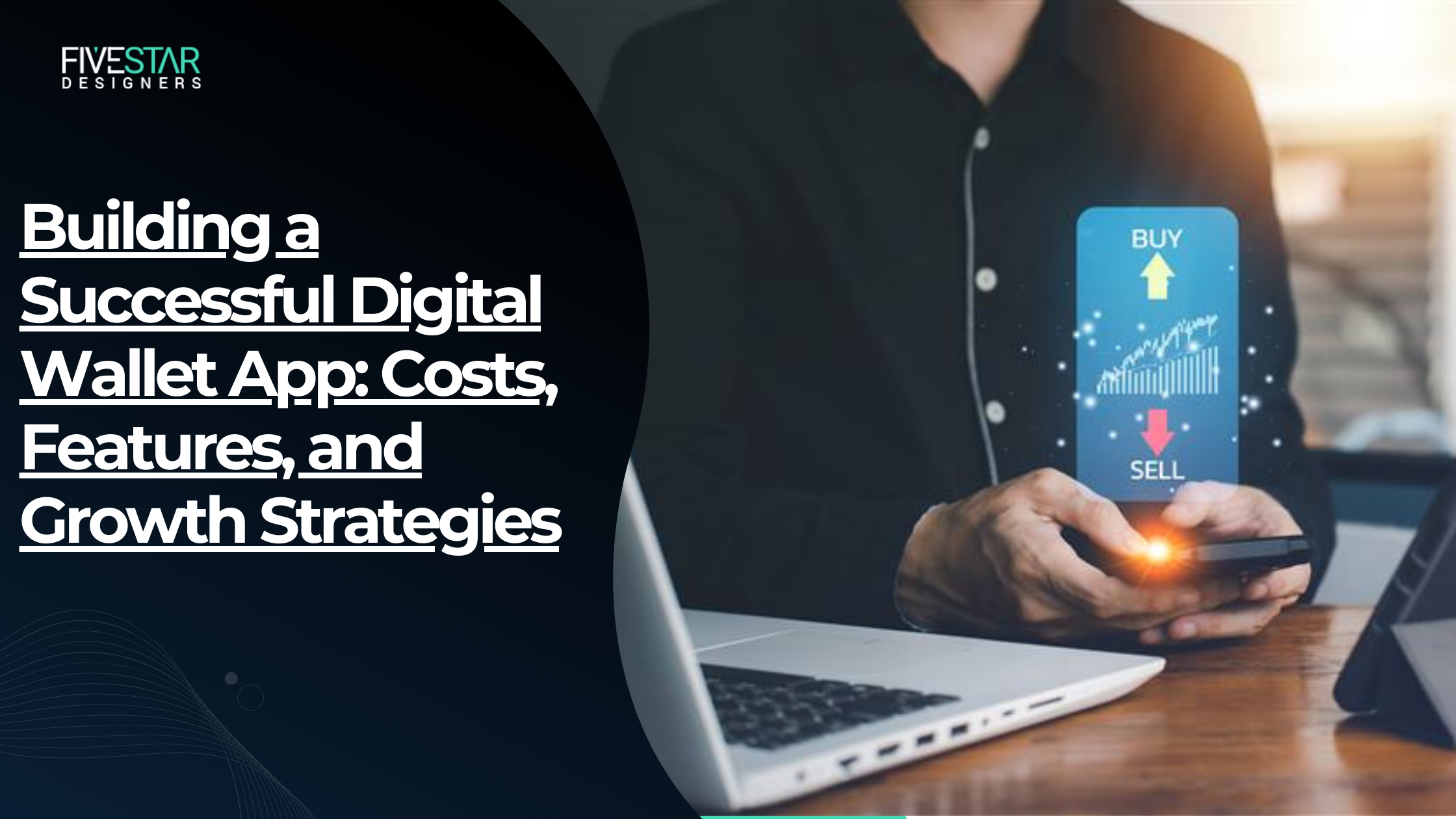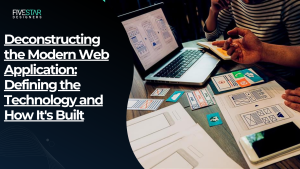The era of “paper money” is nearing its end as e-wallets take the spotlight. People no longer bother taking cash with them when they leave, which leaves us one less thing to worry about when leaving the house.
Digital wallets have created immense daily life conveniences, including safe, quick transactions made with all your payment cards consolidated in one app, making them all the more popular among consumers.
Let’s take a look at the recipe for success for a new digital wallet app with detailed development steps, must-have features, security protocols, and monetization strategies, along with a clear estimate of the total cost of ownership.
Why Digital Wallet Demand Has Accelerated
Macro Drivers And User Expectations
Consumers expect immediate settlement and a frictionless onboarding flow. Regulatory regimes have matured, which has opened pathways for fintechs and incumbents to deploy modular payments stacks with less gatekeeping.
Market Forces And Competitive Pressure
Large platforms have normalized mobile-native payments. Startups must match that baseline while adding unique value. Hiring a mobile banking app development company has become a pragmatic decision when velocity matters.
Core Capabilities That Define A Wallet
Authentication And Identity Management
Strong identity verification is mandatory. Expect biometric integration, multi-factor challenge flows, and KYC orchestration with PII-safe storage.
Common Implementation Patterns
- OAuth federation with ID proofing providers
- Hardware-backed key storage on endpoints
- Session orchestration using short-lived tokens
Transaction Ledger And Settlement Engine
The ledger must provide atomicity and durable reconciliation. Ledger design affects latency, concurrency controls, and dispute handling.
Payments Rail Connectivity
Support for card rails, ACH equivalents, and real-time clearing is essential. This is the plumbing that defines throughput and settlement windows.
UX Layer And Onboarding Experience
A crisp onboarding reduces drop-off. Progressive disclosure of permissions and staged KYC produce higher conversion while keeping legal exposure in check.
Differentiating Features That Add Premium Value
Instant Peer Payment And Social Flows
Embedding a peer-to-peer payment app experience means handling social graphs, alias resolution, and small-value microtransactions with cheap confirmation latency.
Card Issuance And Virtual Instruments
On-demand card minting via issuing APIs lets platforms issue branded credentials. This is a gateway to interchange revenue and bespoke loyalty mechanics.
Fraud Intelligence And Risk Scoring
Advanced telemetry, device fingerprinting, and ML-based anomaly detection reduce chargebacks. This contributes directly to margin protection.
Neo Banking Software Integrations
If the plan includes deposit-like products or sub-accounts, neo banking software stacks offer ledger abstraction, compliance modules, and sandboxed APIs that accelerate go-live.
Estimating The Development Cost
MVP Baseline
Most MVPs cost a fraction of a full-fledged mobile app development cycle; however, Digital wallet app MVPs are often notoriously known to be on the expensive side, ranging anywhere between $45,000 and $120,000, containing just the basic KYC, wallet balance, top-up, and P2P transfers.
Full-Featured Product
A full-featured product that includes card issuing, multi-rail settlement, advanced analytics, and admin tooling will usually fall within $250,000 and $900,000. Enterprise-grade SLAs and bespoke integrations push budget toward the upper bound.
Enterprise Deployment And Continuous Engineering
High availability, geographic redundancy, and compliance certifications raise recurring costs. Long-lived teams and SRE practices are non-negotiable when uptime is contractual.
Hidden Line Items Beyond Coding
Compliance, Licensing, And Regulatory Filings
Regulatory work is a material expense. Licensing, audits, and legal counsel for payments licensing, KYC frameworks, and AML controls can represent tens of thousands in early stages and recurring spend thereafter.
Third-Party API And Processor Fees
Card networks, payout processors, verification providers, and orchestration gateways charge per-event fees and monthly minimums. These fees compound with scale.
Examples
- ID verification per attempt
- Card network interchange plus tokenization fees
- Settlement reconciliation tools with per-file charges
Banking App Security And Incident Response
Hardening a wallet is more than encryption. Budget lines must cover external pentests, secure code reviews, a 24/7 incident response roster, and insurance against operational loss.
Operational Overheads
Customer support, chargeback management, and ledger reconciliation personnel are ongoing expenses. Expect headcount growth as transaction volume rises.
Data Residency And Infrastructure
Hosting with regional redundancy and compliance-grade backups increases costs. If local data residency is mandated, add separate infrastructure in that jurisdiction.
Risk And Commercial Considerations
Monetization And Unit Economics
The app executives should calculate the profit or loss based on a single consumer or transaction early on, rather than in the later phase, as it can be deterministic of understanding the intricacy of interchange capture, fee splits, and float management that can define the runway.
Vendor Lock In And Portability
Third-party services like payment processors, cloud databases, or analytics tools may assist in rapid development, but once these pre-built products integrate with your system, you will face vendor lock-in, stiffening your options for future updates and amendments that can be costly in the long run. Abstraction layers in your code can help you be more flexible.
Wrapping Up
A digital wallet app development project is a demanding yet rewarding investment with a rather intricate internal mechanism, making it difficult for mobile app development companies that are inexperienced in mobile banking app development to pull off.
This is why many investors opt for a specialized e-wallet app development company that possesses both systems-level thinking and pragmatic vendor selection. So what are you waiting for? Contact 5StarDesigners now and propel your success in the digital banking world.
FAQs
What is the most critical first step for any digital wallet project?
The most critical step is the Discovery Phase, where you define your target user and niche market. Focus on a single core problem to solve, establishing your Minimum Viable Product (MVP) scope before any coding begins.
How does a digital wallet app typically generate revenue?
Revenue is usually generated through transaction fees (e.g., interchange fees), fee splits with processors, premium features (like advanced analytics), and passive income from float management (investing unspent user balances).
What are the primary regulatory hurdles when launching a financial app?
The main hurdles involve strict financial compliance like Know Your Customer (KYC), Anti-Money Laundering (AML) checks, and often PCI-DSS (for card data) to ensure legal and secure operation.



